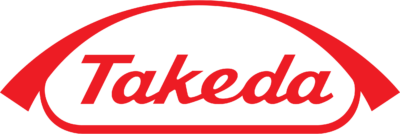There is broad agreement that a patient’s priorities and goals should guide their health care. Goal-aligned care enables the clinician to learn more about the outcomes valued by the patient, their preferences, with respect to their condition, and possible treatments and trade-offs. Goal setting has become a key component for management of adults with complex conditions. It promotes positive outcomes, improved health and overall functioning in a variety of populations, such as patients with dementia, coronary heart disease, stroke, end-stage renal disease, diabetes and rehabilitation needs.
The National Committee for Quality Assurance (NCQA) is developing a set of measures—person-centered outcome measures—that evaluate how well organizations document, monitor and help people make progress on personalized goals. Goal attainment scaling (GAS) is one method organizations can use to document and monitor goals over time. GAS has been used extensively for research and evaluation in some fields (e.g., rehabilitation, dementia); this is the first time it has been considered in quality measurement.
This white paper, Advancing Best Practices for Goal Attainment Scaling, was developed from feedback and insights captured during 2 expert/stakeholder convenings in 2022. It includes recommendations and strategies for implementing GAS, including:
- Methodological and implementation best practices to support broad use in quality measurement.
- Clinician training and performance management.
- Tailoring goal setting to diverse populations.
SPONSORSHIP
The Goal Attainment Scaling convening and Advancing Best Practices for Goal Attainment Scaling whitepaper were supported by Takeda.

